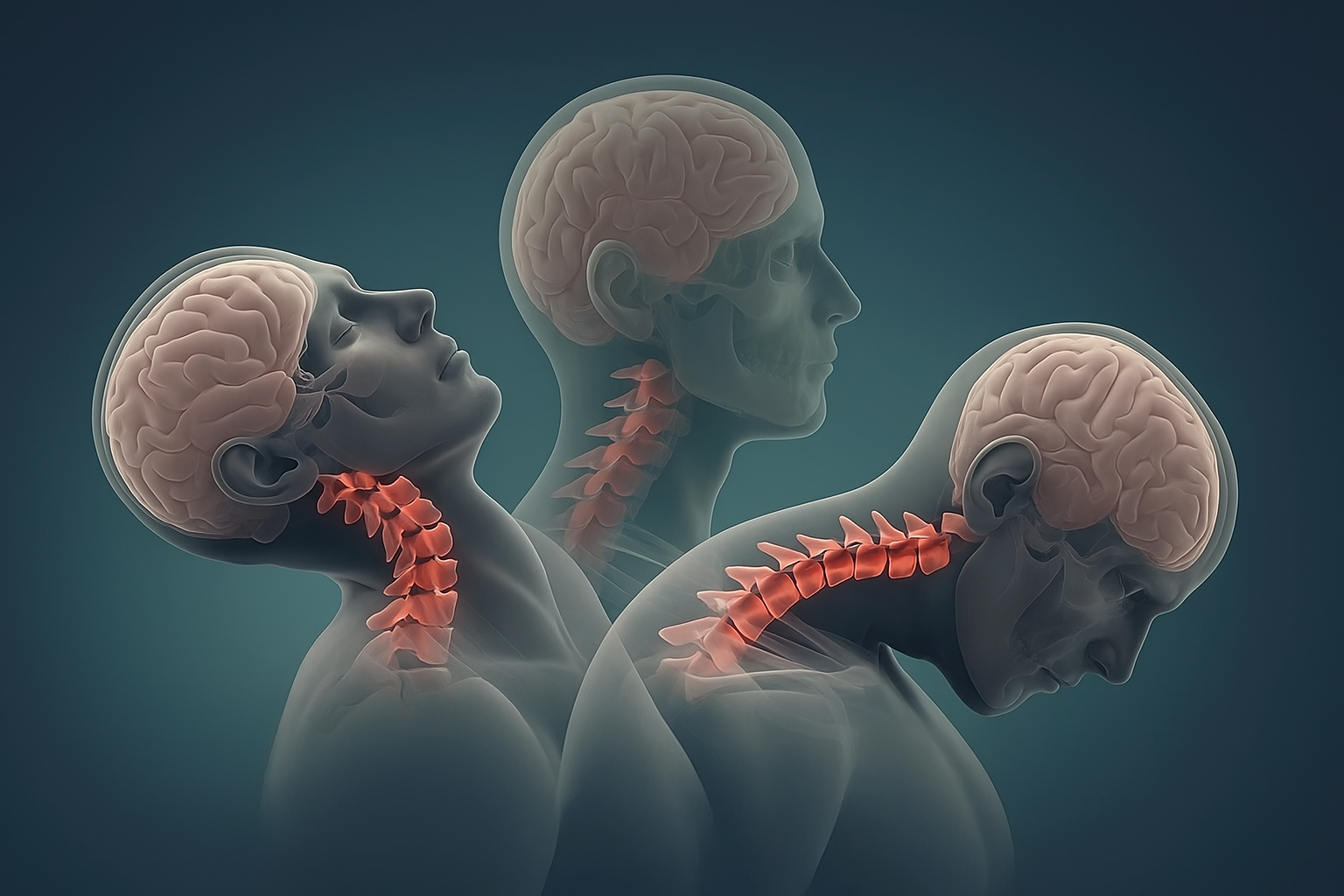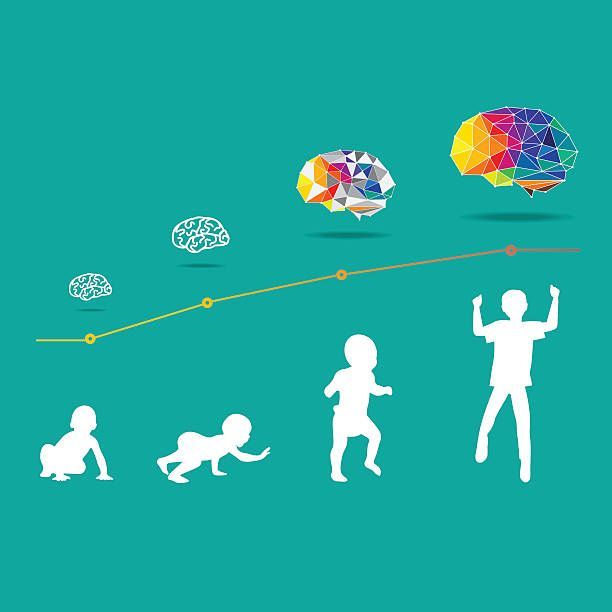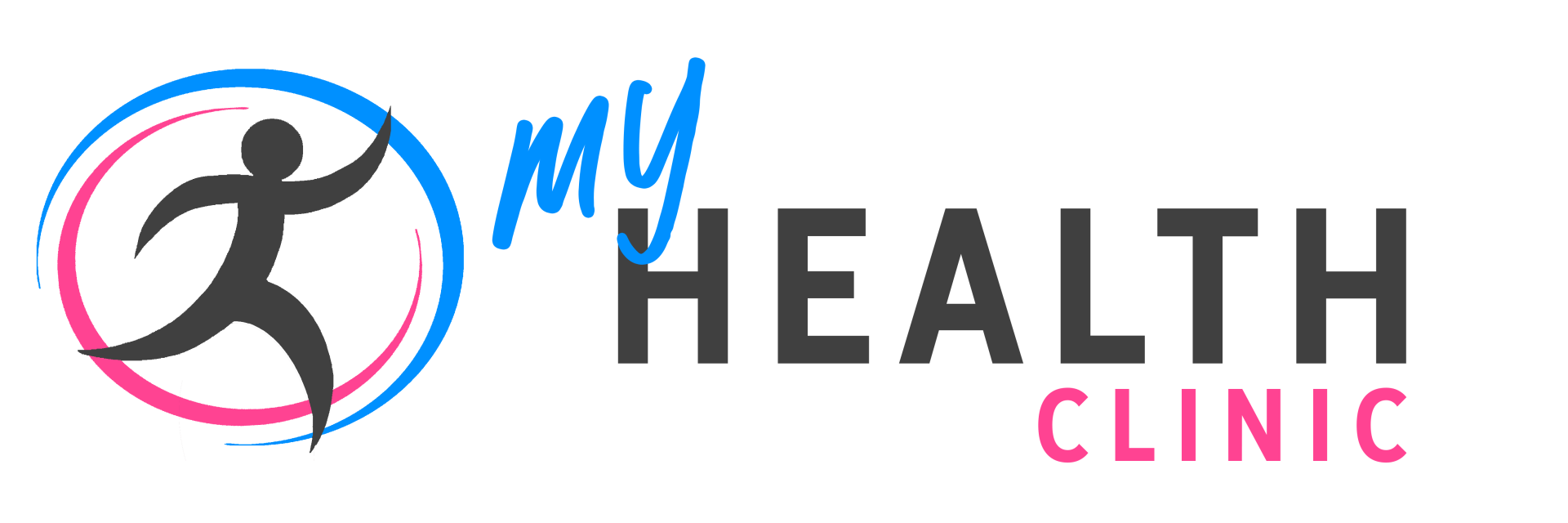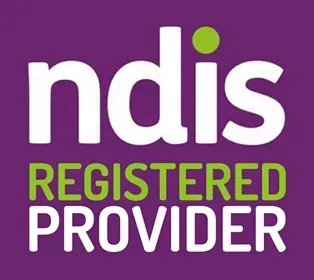Evidence-Based Back Pain Care (Australia): Why You Should Choose Conservative First
Understanding Back Pain and When to Act
When you first experience back pain, your body may respond with rest, painkillers, or imaging scans. But the best approach in Australia is early assessment and conservative care, unless there are clear red flags (e.g. suspected fracture, infection, cancer, or progressive neurological loss). australian.physio+3Safety and Quality+3The Medical Journal of Australia+3
At our clinic, our clinicians are trained to perform thorough assessments—history, physical exam, and targeted neurological screening—to distinguish between non-specific back pain (most cases) and those needing urgent referral.
We avoid unnecessary scans in non-specific cases, in line with Australian standards, because imaging rarely changes management and can lead to overdiagnosis and anxiety. australian.physio+2Safety and Quality+2
Why Non-Surgical Care Should Be First-Line
1. It’s Recommended by Australian Guidelines
Australian best practice (Low Back Pain Clinical Care Standard) explicitly states that non-surgical care such as patient education, advice to stay active, and evidence-based therapies should be the default approach. Safety and Quality+2The Medical Journal of Australia+2
2. Better Outcomes, Lower Risk
- Conservative therapies (exercise, manual therapy, patient education) show small to moderate benefits in pain and function, especially for chronic pain. Safety and Quality+3BioMed Central+3The Lancet+3
- The risks of non-surgical care are typically minimal compared to surgical complications.
- Delaying conservative care may allow chronicity or maladaptive behaviours that complicate recovery.
3. Multidisciplinary Care Enhances Results
Because the effect sizes of individual treatments are modest, combining therapies is often more effective. A clinic that offers physiotherapy + massage + chiropractic + occupational therapy + dietitian support can deliver a more comprehensive and tailored plan, increasing the chance of meaningful improvement.
How Our Clinic Delivers Evidence-Based, Guideline-Aligned Back Pain Care
Physiotherapy
We use active rehabilitation, strength training, movement correction, and pain education. Exercise is one of the few treatments consistently supported in guidelines across acute and chronic settings. Safety and Quality+3BioMed Central+3RACGP+3
Chiropractic / Manual Therapy
Spinal manipulation or mobilisation can be offered judiciously, in combination with exercise, when indicated and when contraindications are excluded. Many guidelines and reviews include spinal manipulative therapy as an adjunct in certain patients. BMJ+4BioMed Central+4Safety and Quality+4
Remedial Massage & Soft Tissue Therapy
Massage may provide short-term symptom relief and reduce muscle tension, especially when integrated with movement-based therapy. The evidence is weaker when used in isolation, so we never rely on massage alone.
Occupational Therapy
Pain often impacts daily activities, workplace ergonomics, and movement habits. Our occupational therapists help with modifying tasks, posture, and environment to reduce strain, consistent with guideline emphasis on self-management and functional restoration.
Dietitian & Lifestyle Support
Poor nutrition, excess weight, and inflammation could contribute to back pain severity or recurrence. Our dietitians support dietary strategies for weight management and overall health, complementing physical treatments.
When Surgery or Interventional Procedures May Be Considered
Guidelines and recent evidence both caution that surgery or interventions are not first-line and should only be considered in specific scenarios, such as:
- Clear structural pathology (e.g. severe disc herniation compressing nerve roots, spinal stenosis)
- Failure to improve after adequate conservative care
- Progressive neurological deficits or red flags
Even then, surgery rarely guarantees perfect outcomes, and should be considered within a multidisciplinary framework. The Medical Journal of Australia+3The Journal of Neurosurgery+3Safety and Quality+3
Recent BMJ guidance also recommends caution regarding interventional procedures (e.g. injections, ablations) for chronic non-cancer spinal pain: many lack strong evidence and should not be routine. BMJ+1
Preventing Recurrence: Building Resilience
One of the strengths of conservative therapy is its focus on prevention:
- We teach movement patterns, posture, and core control to reduce re-injury risk.
- We guide clients in the progression of exercise and physical activity.
- We monitor psychosocial factors (stress, fear of movement) and promote healthy lifestyle choices.
- We schedule follow-up reviews to track progress and adapt care as needed, consistent with the Care Standard approach. Safety and Quality+2Safety and Quality+2
Realistic Expectations & Transparency
It’s important to set realistic expectations:
- The literature suggests that many non-surgical interventions provide modest improvements, not immediate miracles. PubMed+2The Lancet+2
- Some patients may not fully recover—but improvement in function, pain control, and quality of life are valid and meaningful goals.
- Our team will always explain the evidence, risks, and benefits clearly and tailor a treatment plan specific to you.
Conclusion
In Australia and globally, the standard of care for back pain is shifting away from overuse of imaging, injections, or early surgery—and toward conservative, evidence-based management first.
At our clinic, we align our approach with national standards and the latest research. With physiotherapy, remedial massage, chiropractic care, occupational therapy, and dietitian support working in concert, we aim to provide you the best chance of recovery while minimising risk.
If you’re experiencing back pain, start with the safest and best-supported path. Book a consultation today with our multidisciplinary team and let us help you recover with care grounded in evidence.




